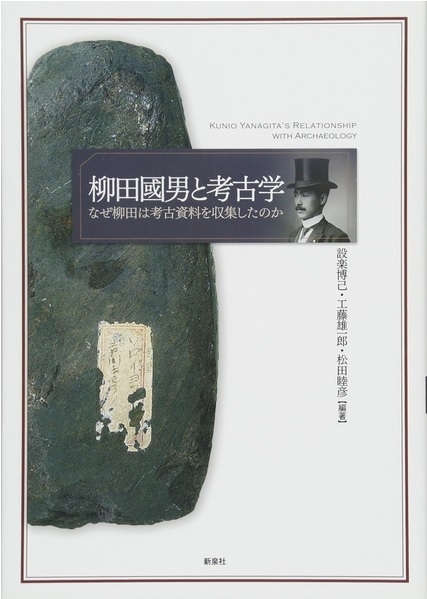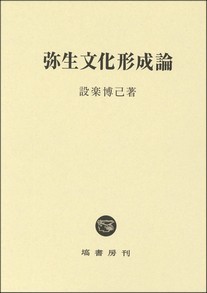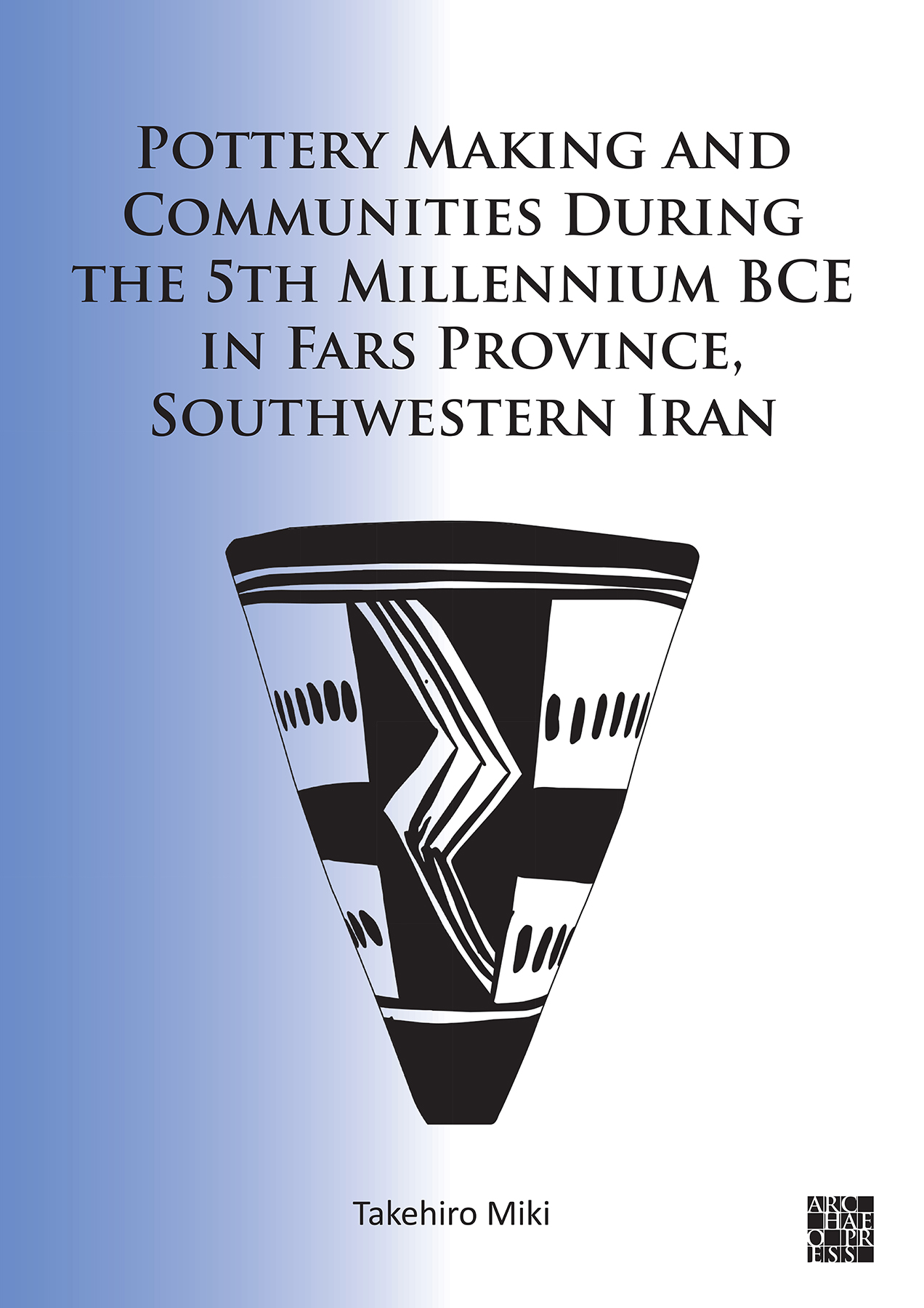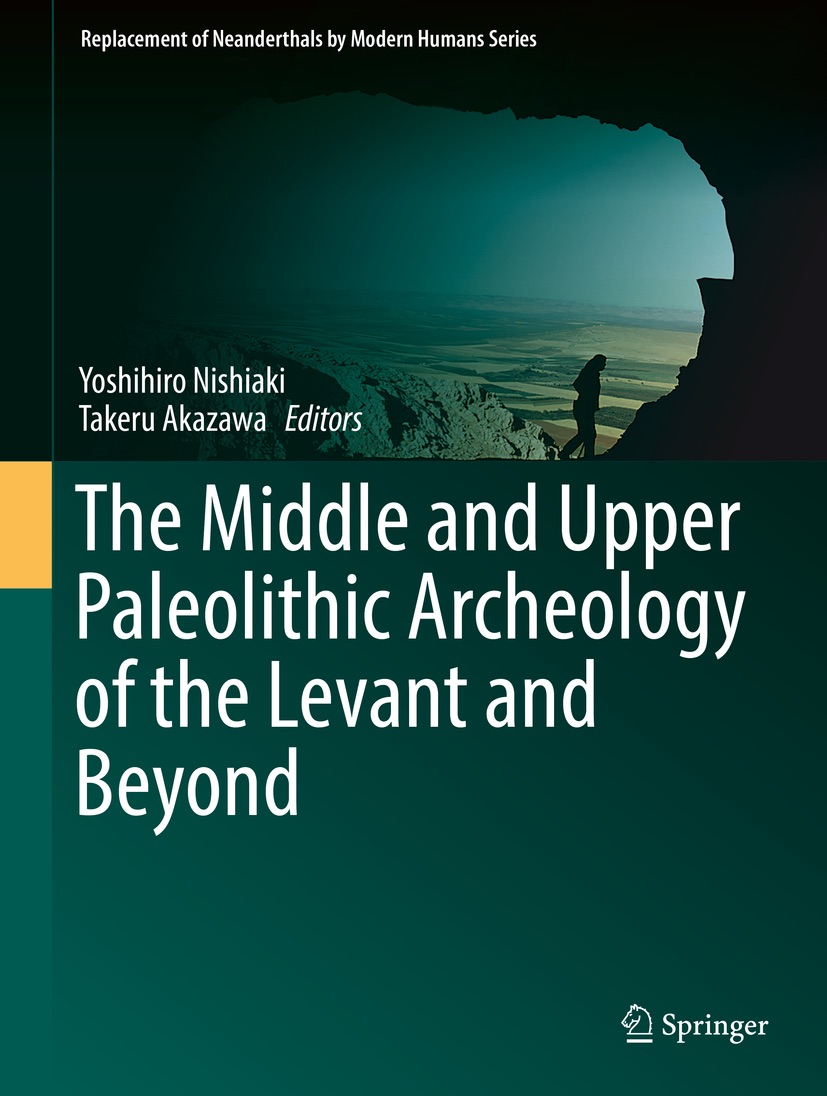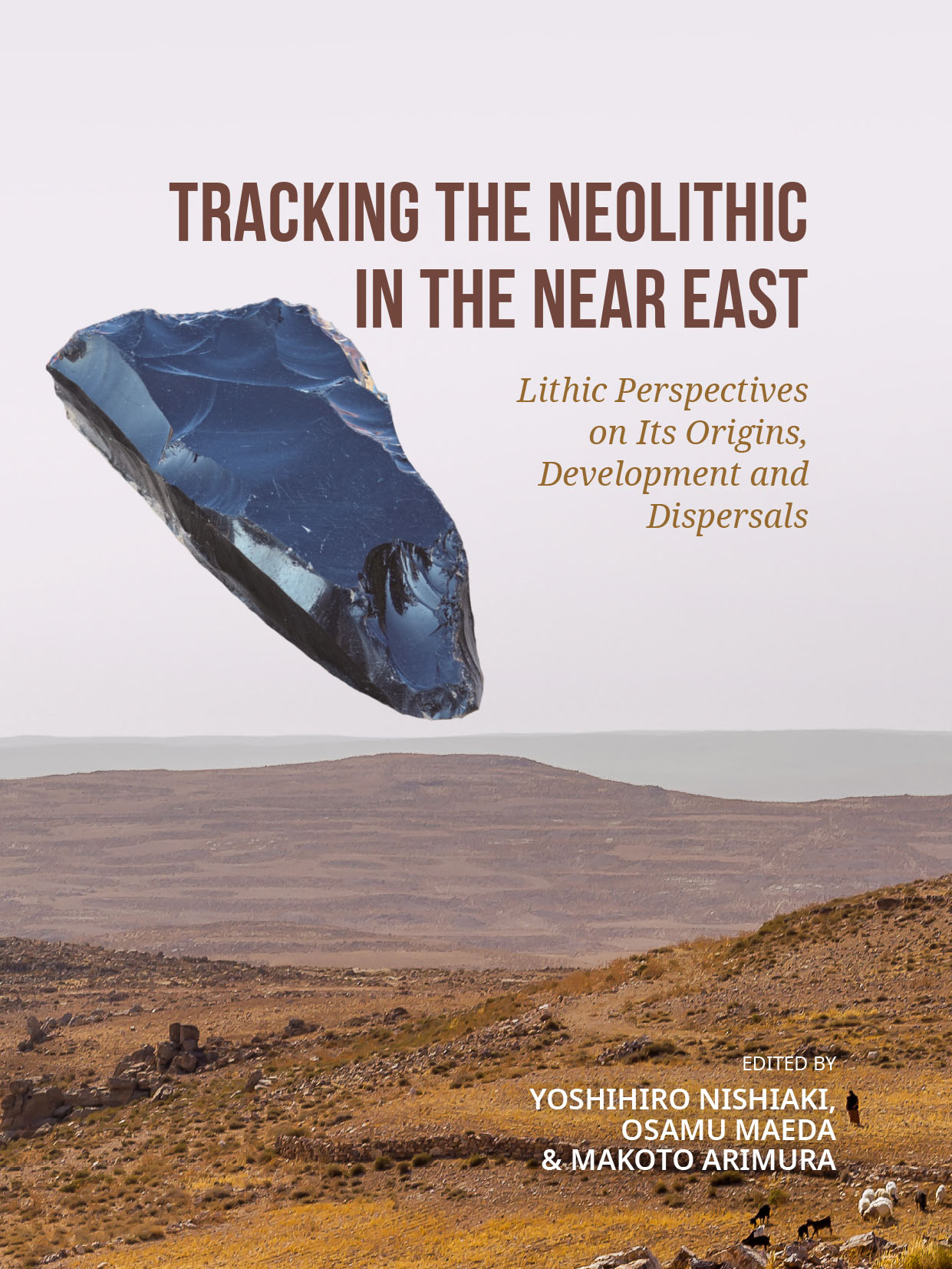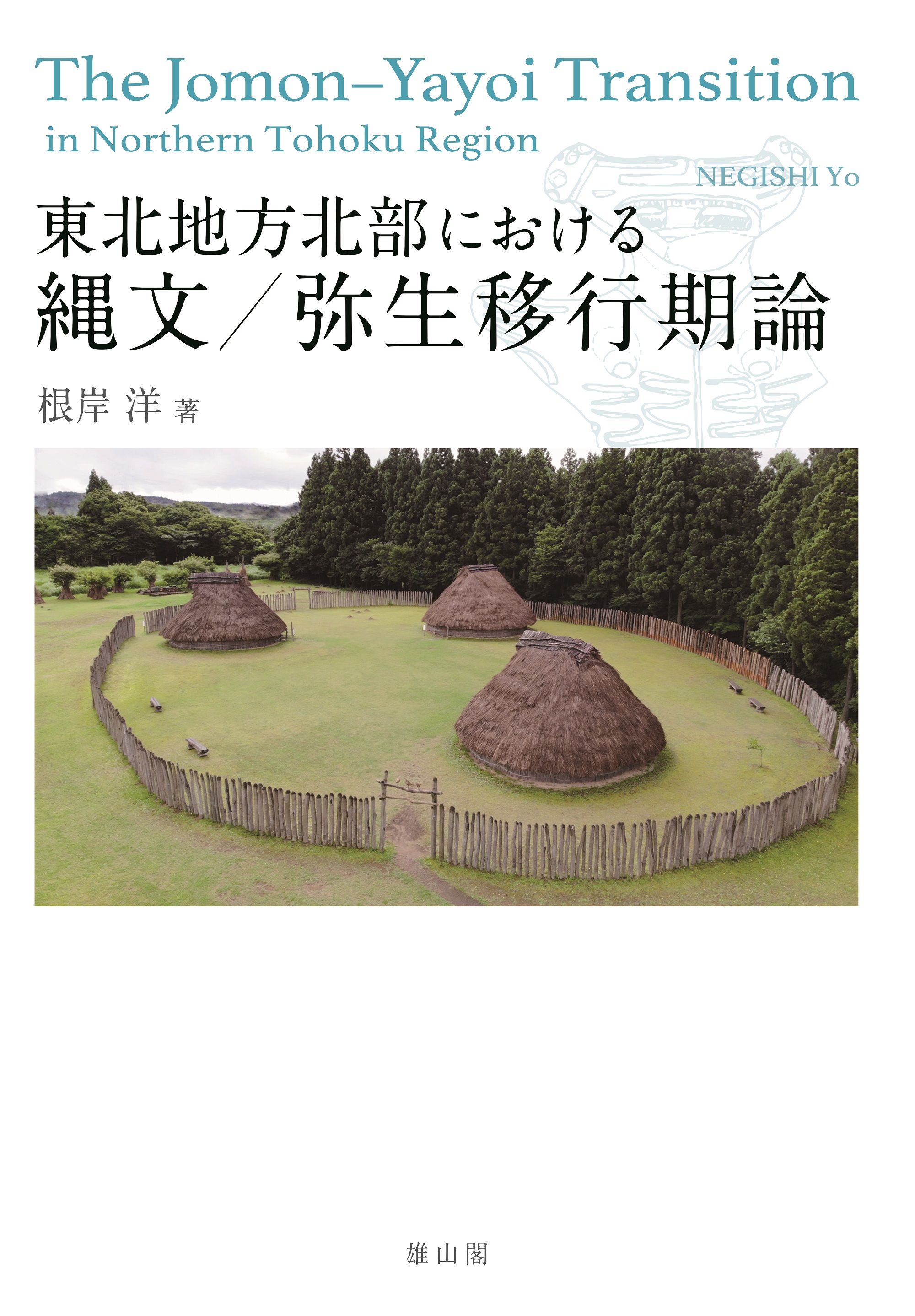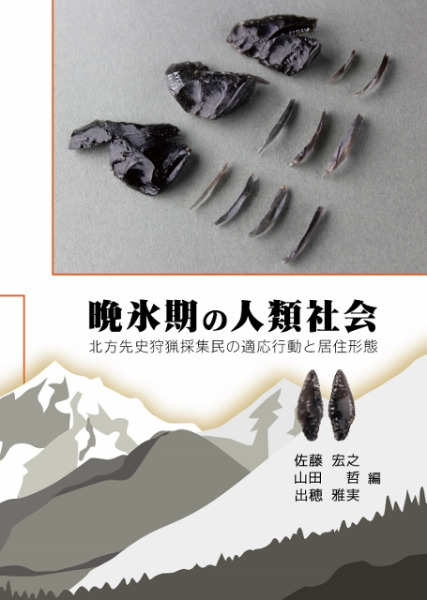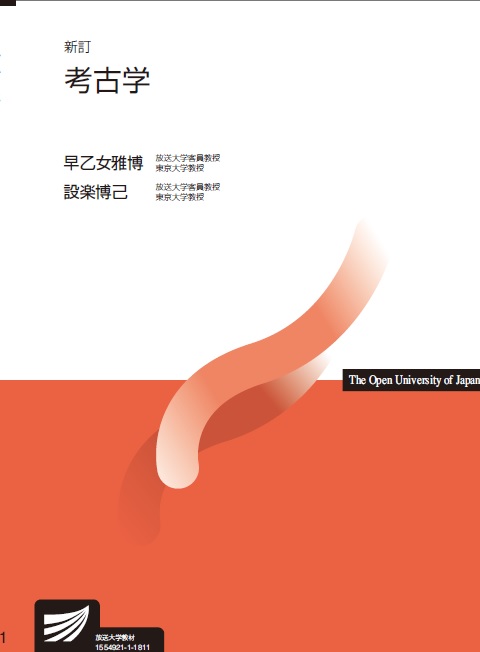
Title
Revised Edition Kouko-gaku (Archaeology)
Size
304 pages, A5 format
Language
Japanese
Released
2018
ISBN
978-4-595-31857-3
Published by
Foundation for the Promotion of The Open University of Japan
Book Info
See Book Availability at Library
Japanese Page
This book contains printed materials for the course “Archaeology,” which has been offered since 2018 at the Open University of Japan.
While archaeology is often associated with the excavation of relics and making new discoveries, it is also romanticized as a glamorous discipline. While this may certainly be true, the essential goal of archaeology is “to reconstruct human societies as they were in the past.” After acquiring their targeted archaeological data from an excavation by themselves or through other researchers, archaeologists struggle daily with the questions of how to analyze the enormous amount of data lying before them and using what kind of method, in order to most closely approach their goal. This process is a rather plain and unglamorous task.
Furthermore, even “enormous data” is really nothing more than the tiniest fragment of materials left by humanity. With the organic matter having decayed underground and the ruins of old buildings broken down into new things, very little remains to indicate how people lived in the past, as compared to the long history of humanity. It is also a fact that archaeological activity so far, still only encompasses a meager surface area, and there remain many unexcavated remains within the earth.
Archaeology, which tries to reconstruct human societies as they were in the past, is broadly divided into two approaches: “archaeology as history” and “archaeology as anthropology.” The former emerged in Europe, where there exist very old documents and inscriptions, while the latter emerged in America at the beginning of the 20th century. The biggest difference between them is that while “archaeology as history” aims to discover the history of human societies in each region, “archaeology as anthropology” aims to discover the general principles behind the shared histories of human societies. For example, there are regularities that appear in the process of humanity’s development, independent of time and place, such as the advent of agriculture and the emergence of cities. The two approaches differ in how they reconstruct the past, but both emerge from the same archaeological data. As such, the goal of this book is to teach the grand theories common to archaeology in general.
The course spans 15 lectures, which are each given a chapter in the book. Chapter 1, entitled “What is Archaeology?” gives a broad overview of the field and serves as an introduction for Chapter 2. Chapters 2 through 10 cover methodologies, the analyses of archaeological data and what that entails, and interdisciplinary research with related disciplines. For example, Chapter 4 presents the results of cutting-edge research on carbon dating by the National Museum of Japanese History. It is difficult to understand the results without a scientific background, but it is hoped that the reader will learn at least the underlying principles. The dates found by this method are not definite and must be checked against dates found by methods such as typology and stratigraphy, covered in Chapter 3. Chapters 11 through 14 discuss regional histories as discovered by various methods and analyses, and Chapter 15 discusses their relevance to modern society.
(Written by SHITARA Hiromi, Professor, Graduate School of Humanities and Sociology / 2019)



 Find a book
Find a book


